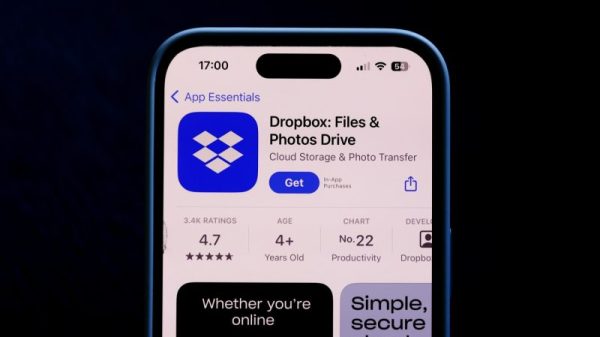The global tech industry landscape has weathered significant changes and faced substantial challenges over recent years, a period that has seen the rise and fall of numerous startups. The recent decision by the internet-based file hosting service provider, Dropbox, to slash its global workforce by 20% is further evidence of these evolving patterns within the sector.
As a cloud storage and collaboration platform, Dropbox has consistently been at the forefront of the industry since its establishment in 2007. Despite this longevity and the major bulk of consumers and businesses that rely on its services, the company announced in 2021 that it would cut more than 500 roles worldwide, a move that equates to a 20% reduction in its global workforce.
This unexpected reduction, which primarily affects customer experience and partner teams across different countries, sends significant shockwaves through the tech industry and raises questions about the company’s future restructuring and business model.
The initiation of layoffs was explained by Dropbox, stating that the changes came as part of the company’s commitment to be a more agile and efficient organization. The company added that it was part of their new virtual-first model in which remote work will be the day-to-day default.
Despite the substantial cut in their workforce, Dropbox maintains that it will continue to foster user trust and accelerate its global customers’ efforts to work more efficiently. This underscores their commitment to the client base despite the internal restructuring. Furthermore, Dropbox outlined that it will develop deeper offerings to serve new and existing customer needs while incorporating a more streamlined team to do so.
A key factor that facilitated this decision was the global shift towards remote work due to the ongoing COVID-19 pandemic. This transition to a virtual-first company necessitated a review of traditional team structures and roles, leading to the decision to downsize.
In the process of reorganizing its workforce, Dropbox disclosed that it would provide severance packages to laid-off employees. The packages will include financial compensation, health insurance continuation, and career transition services, signaling the company’s commitment to its former employees’ well-being.
The workforce reduction by Dropbox serves as a reminder of the persistent need for flexibility and adaptability in the tech industry, especially during this era of unprecedented global change. As the business world continues to grapple with the implications of the pandemic and the increasing adoption of remote work settings, it is likely that other organizations may also review their workforce structures in the near future.
The slashing of 20% of Dropbox’s global workforce undoubtedly marks a significant chapter in the company’s history, as it attempts to navigate the delicate balance between adapting to evolving operational needs and maintaining its commitment to its customers. Regardless of the immediate challenges, Dropbox’s decision could potentially be seen as a strategic move, as it could pave the way for a more streamlined operation in the new virtual-first business landscape.
Therefore, it is crucial for stakeholders and the general public to note that while workforce reductions of this magnitude may seem troubling, they could also serve as the catalyst for a more sustainable operational model that can better serve consumers in the long run.
It will now be interesting to watch how Dropbox’s strategy evolves following this substantial workforce reduction. Indeed, the decisions and strategies that follow will provide valuable insights into the resilience and ingenuity of the tech industry amidst these challenging times.



































